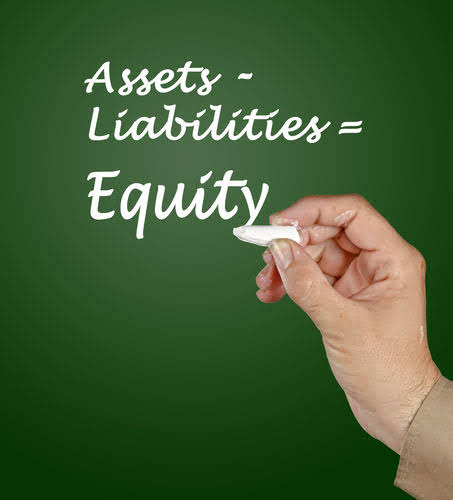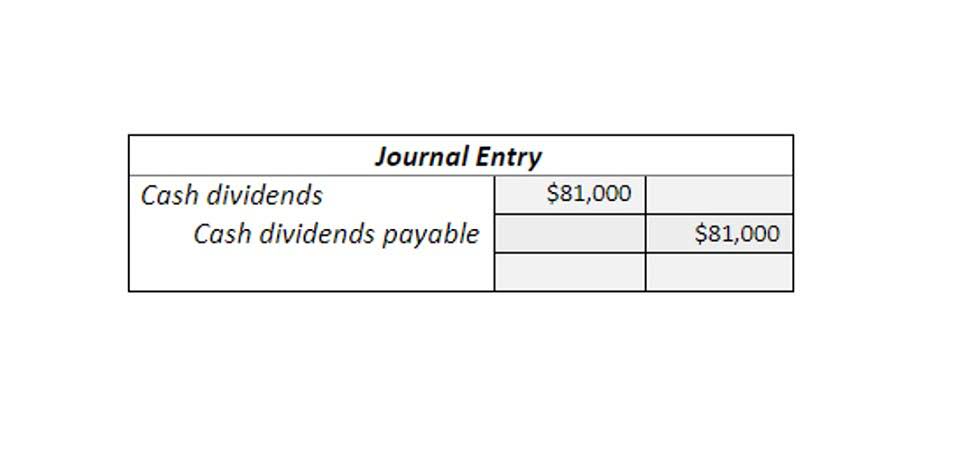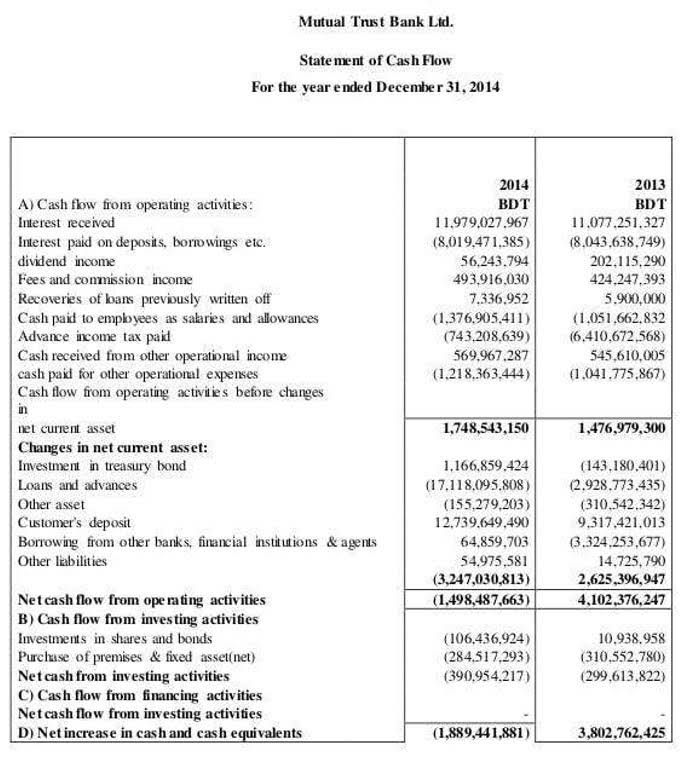
Retained earnings are actually reported in the equity section of the balance sheet. Although you can invest retained earnings into assets, they themselves are not assets. The prior period balance can be found on the opening balance sheet, whereas the net income is linked to the current period income statement. The steps to calculate retained earnings on the balance sheet for the current period are as follows.

What Is the Difference Between Insolvency and Negative Equity?
Both revenue and retained earnings can be important in evaluating a company’s financial management. Retained earnings are kept by the business to reinvest towards future operations and needs and are often rolled over to the following year’s beginning balance sheet. Depending on the financial position of your business, you may want to reinvest in equipment, employee salaries, or more inventory. Seeing your figures in detail provides insight into your company’s financial health.
Shareholders can use retained earnings to calculate share value
On the balance sheet, the retained earnings value can fluctuate from accumulation or use over many quarters or years. Revenue on the income statement is often a focus for many stakeholders, but the impact of a company’s revenues affects the balance sheet. If the company makes cash sales, a company’s balance sheet reflects higher cash balances. Companies that invoice their sales for payment at a later date will report this revenue as accounts receivable.
- One especially useful tool in analyzing a company’s value is the retained earnings to market value ratio.
- Revenue sits at the top of the income statement and is often referred to as the top-line number when describing a company’s financial performance.
- Net profit refers to the total revenue generated by a company minus all expenses, taxes, and other costs incurred during a given accounting period.
- However, it can be challenged by the shareholders through a majority vote because they are the real owners of the company.
- The primary driver in these cases may have been issuing massive debt and refranchising or selling corporate-owned stores to franchisees.
- Retained earnings, on the other hand, specifically refer to the portion of a company’s profits that remain within the business instead of being distributed to shareholders as dividends.
Income statement sample
It may be done, however, if management believes that it will help the stockholders accept the non-payment of dividends. However, company owners the accumulated net amount of revenue less expenses and dividends is reflected in the balance of can use them to buy new assets like equipment or inventory. And it can pinpoint what business owners can and can’t do in the future.
Step 2: State the Balance From the Prior Year
- Regularly assess your retained earnings in the context of your business objectives and shareholder needs, perhaps with the help of financial advisors.
- In addition to considering revenue, it is impacted by the company’s cost of goods sold, operating expenses, taxes, interest, depreciation, and other costs.
- Most software offers ready-made report templates, including a statement of retained earnings, which you can customize to fit your company’s needs.
- Increasing Retained Earnings suggest that a company is saving more of its profits for future growth or to strengthen its financial position.
- One can get a sense of how the retained earnings have been used by studying the corporation’s balance sheet and its statement of cash flows.
- The retention ratio (or plowback ratio) is the proportion of earnings kept back in the business as retained earnings.
- Note that accumulation can lead to more severe consequences in the future.
Read our detailed guide on retained earnings and how they are calculated. The company posts a $10,000 debit to cash (an asset account) and a $10,000 credit to bonds payable (a liability account). Regularly assess your retained earnings in the context of your business objectives and shareholder needs, perhaps with the help of financial advisors. The dividend preferences of shareholders can influence retained earnings, especially in dividend-focused industries. High-debt companies may retain more earnings to reduce debt and improve financial health. For instance, tech startups often reinvest heavily to fuel growth, whereas mature utility companies might pay more dividends.
- This can make a business more appealing to investors who are seeking long-term value and a return on their investment.
- For instance, say they look at your changes in retained earnings over the years.
- Much like any other part of a business, there can be downsides to retained earnings.
- We may earn a commission when you click on a link or make a purchase through the links on our site.
- This reduction happens because dividends are considered a distribution of profits that no longer remain with the company.

Generally, you will record them on your balance sheet under the equity section. But, you can also record retained earnings on a separate financial statement known as the statement of retained earnings. A Limited Liability Company, referred to as an LLC, is a type of corporate structure where individual shareholders are not personally liable for the company’s debts. Like in a general partnership, profits of an LLC are generally distributed to the shareholders. Any profits that are not distributed at the end of the LLC’s tax year are considered retained earnings. The process of calculating a company’s retained earnings in the current period initially starts with determining the prior period’s retained earnings balance (i.e., the beginning of the period).


The par value of a stock is the minimum value of each share as determined by the company at issuance. If a share is issued with a par value of $1 but sells for $30, the additional paid-in capital for that share is $29. However, for other transactions, the impact on retained earnings is the result of an indirect relationship. Most other firms that had negative shareholders’ equity were in serious trouble.
Step 3 of 3

In the long run, such initiatives may lead to better returns for the company shareholders instead of those gained from dividend payouts. Paying off high-interest debt also may be preferred by both management and shareholders, instead of dividend payments. Retained earnings are usually considered a type of equity as seen by their inclusion in the shareholder’s equity section of the balance sheet. Though retained earnings are not an asset, they can be used to purchase assets in order to help a company grow its business. Additional paid-in capital is included in shareholder equity and can arise from issuing either preferred stock or common stock.
No comment yet, add your voice below!